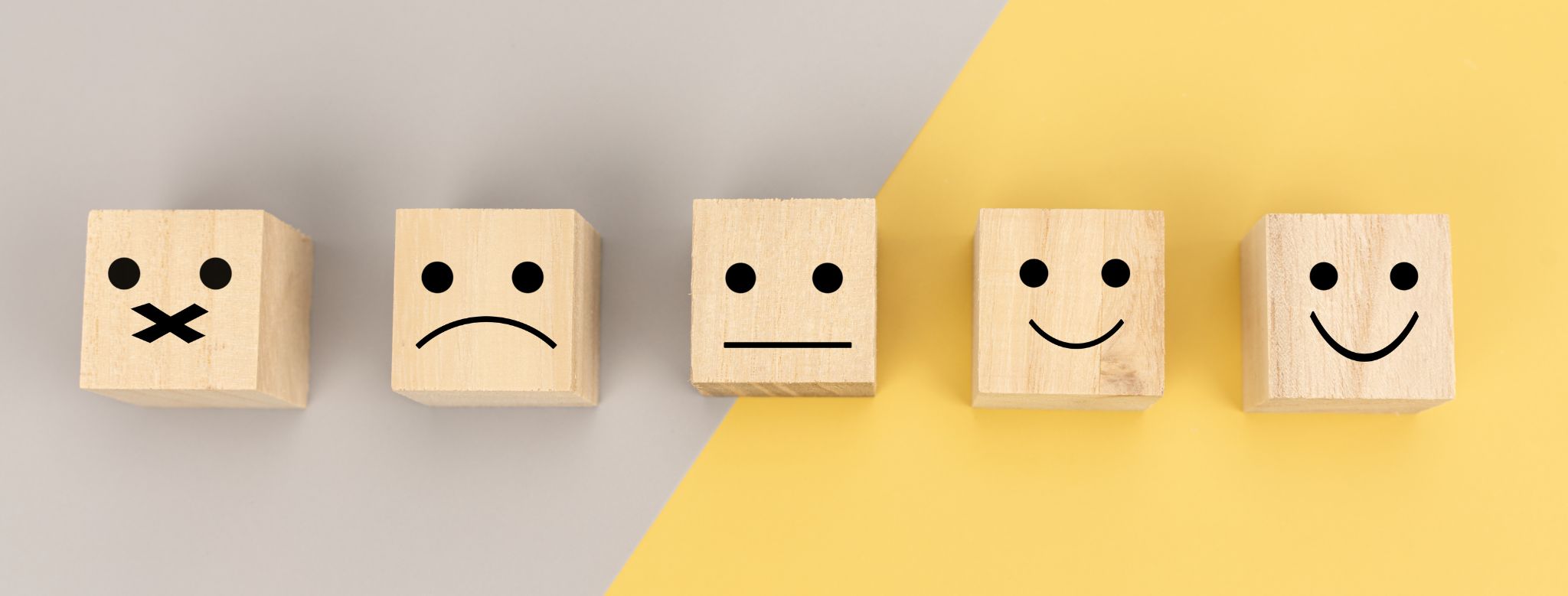Do you know your workplace well-being? Measure your employee well-being with our FREE WHO-5 survey

Designing an effective employee well-being strategy isn’t easy – it requires understanding the unique needs and challenges of your workforce. Without this knowledge, it’s like trying to navigate a maze blindfolded, where each turn becomes a guessing game without a clear path.
To support businesses in understanding their workplace well-being, Mindletic offers a powerful tool—WHO-5 Wellbeing Survey Analysis which we are now offering absolutely FREE for a limited time only!
What is the WHO-5 Well-being Survey?
The WHO-5 Wellbeing Analysis is a short questionnaire based on the World Health Organization WellBeing Index (WHO-5). It consists of five simple and non-invasive questions that tap into the subjective well-being of the respondents.
By utilizing this assessment, businesses have the opportunity to assess and analyze the psychological well-being of their employees. The survey is free and can be completed in just a few minutes, offering a convenient option for busy people. The survey is completely anonymous and GDPR compliant giving you and your workforce the peace of mind of confidentiality.
The scientific validity of WHO-5 Wellbeing Analysis
The WHO-5 Wellbeing Analysis has been extensively used in research studies worldwide since its first publication in 1998. A review of 213 studies affirms the robust scientific validity of the analysis, ensuring that the obtained results are credible and trustworthy.
What insights does it provide?
Employee Happiness
Two questionnaire items measure the individual’s self-perceived level of happiness and positive mood over the specified timeframe.
We all know that happiness is a fundamental aspect of well-being, but it’s important to note that it’s not just a personal metric. It’s also a vital business metric. Ask yourself: Would you want to work in an environment where people seem generally unhappy on a day-to-day basis? How do you think it would affect your mental state?
According to neuroscience, negative views of others influence our mental state due to a phenomenon known as mirror neurons. People’s moods are contagious. This explains why unhappy workplaces experience lower job satisfaction, lower retention rates, and difficulty attracting new talent.
Employee Relaxation
This questionnaire item measures the individual’s self-perceived level of calmness and relaxation over the specified timeframe.
Despite what hustle culture may tell us, downtime is essential for productivity and creativity. Just imagine: you come to work exhausted, spend the day running from meeting to meeting, and are asked to brainstorm ideas for a new product. How easy do you think it would be to come up with great ideas?
In a study of nearly 400 employees, researchers found that sleeping too little, defined as less than six hours each night, was one of the biggest predictors of poor performance and on-the-job burnout. It especially affects employee creativity, as our best ideas usually come during a state of relaxation, rather than a state of stress.
Employee Energy Levels
This questionnaire item measures the individual’s self-perceived level of energy and vitality over the specified timeframe.
Have you ever experienced low energy levels at work? If so, you’re not alone. Around 20% of the working population reports experiencing symptoms of persistent fatigue. This can be a frustrating experience, especially when work keeps piling up and even the simplest tasks become challenging to accomplish.
Fatigue is characterized by profound exhaustion, diminished stamina, and impaired cognitive function. This serious condition can have a significant impact on an employee’s personal life, resulting in a diminished sense of professional competence, a reduced social life, and an increased risk of depression and cardiovascular diseases.
This condition impacts employee performance as well, leading to compromised quality of services and products, as well as increased absenteeism.
General Interest
This questionnaire item measures an individual’s self-perceived level of engagement and interest in their daily activities over a specified timeframe.
We’ve all had to perform tasks that held little interest for us but were necessary for career advancement. That’s perfectly normal. However, if an employee consistently finds themselves performing tasks that hold little interest, it may be a problem.
When employees feel disengaged or uninterested, their productivity and quality of work often suffer, potentially resulting in significant revenue losses. According to a report by Gallup, disengaged employees cost U.S. companies between $450 and $550 billion each year due to lost productivity.
Why assess your employees with WHO-5 Wellbeing Survey?
The areas measured by the WHO-5 Wellbeing Analysis are important business metrics that have a direct impact on employee turnover, productivity, work quality, creativity, engagement, and energy levels.
The WHO-5 Wellbeing Analysis provides HR managers with insights into the specific areas that require attention when implementing new wellness initiatives. By understanding these key areas, HR managers can strategically focus their efforts and resources to promote a healthier and more thriving work environment.
To measure your employee well-being, download the free WHO-5 Wellbeing Survey today.
WHO-5 Wellbeing Analysis limitations
The WHO-5 Wellbeing Analysis is a cross-sectional tool, providing a snapshot of an individual’s well-being at a specific point in time. However, it’s unable to track changes or trends over extended periods, which are crucial for comprehensive assessments.
For this purpose, longitudinal assessment tools like the Mindletic app can be employed to observe, track, and analyze changes in well-being over time.
Mindletic are strictly GDPR compliant, specific data cannot be linked to any particular employee. The WHO-5 Wellbeing Analysis will only provide data driven insights into the overall emotional wellbeing within your workforce.
